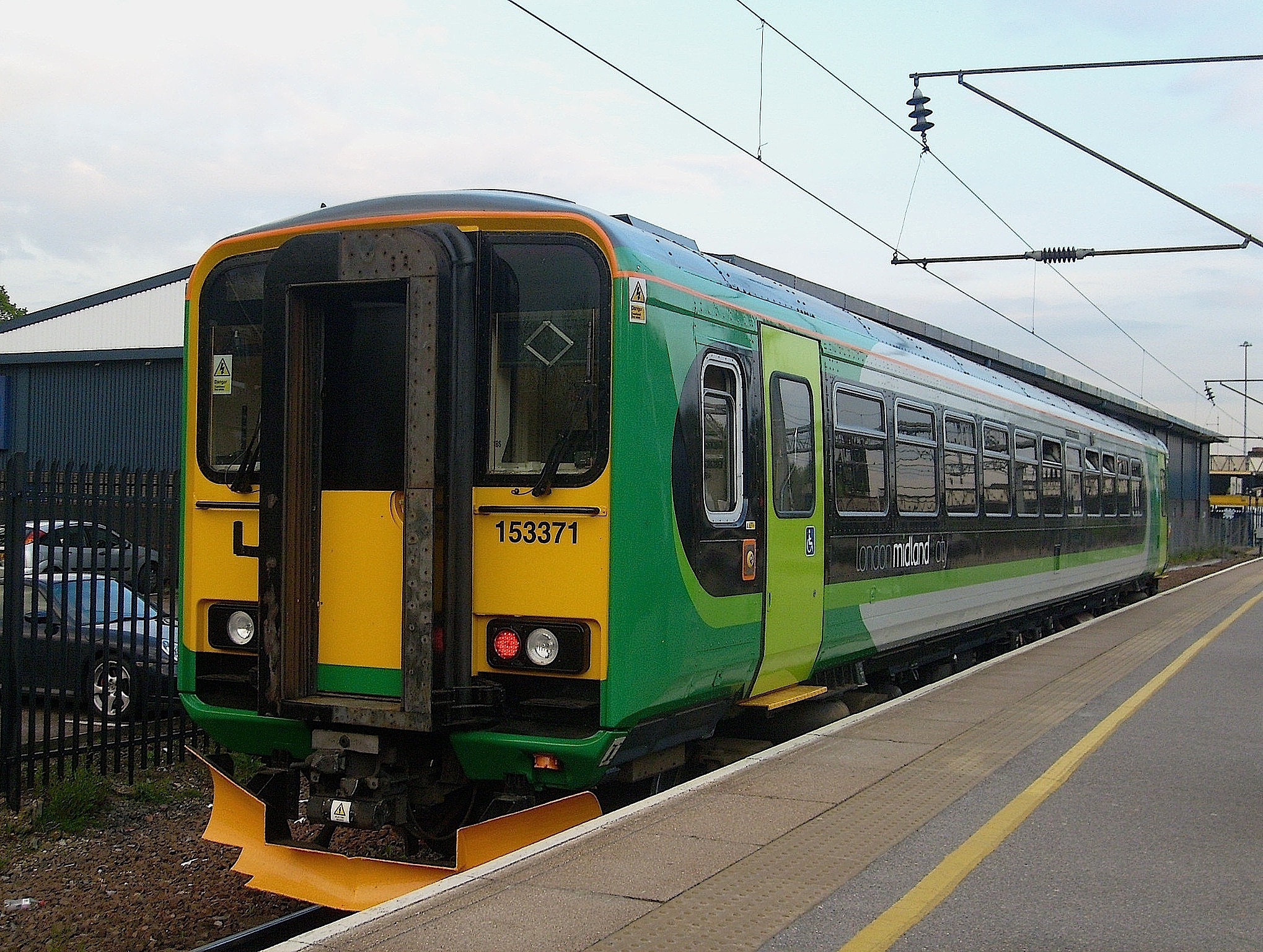New trains
Today, the Stony Point railway line runs its passenger services using single-unit diesel railcars caled Sprinters. Single-unit railcars are particularly useful on smaller lines like the Stony Point line because of their relatively low running costs, and their ability to split to form multiple services, such that they sometimes do at Stony Point and Frankston. While 3-car VLocity trains are newer, a little faster, and slightly higher capacity than Sprinters, they are permanent sets, and thus lack the ability to split into smaller trains.
For a railway line to Rosebud, both Sprinters and VLocities would in theory be adequate. However, even they have limits.
 If Stony Point and Rosebud trains both ran to Melbourne, they would cause a lot of congestion on the suburban Frankston line, especially at level crossings, and especially during peak times. To ease this, trains would join together at Baxter, where the junction is, and form a single train, halving the impact the trains would have on congestion. Likewise, trains leaving Melbourne would divide at Baxter, with half the train going to Stony Point, and the other half going to Rosebud.
If Stony Point and Rosebud trains both ran to Melbourne, they would cause a lot of congestion on the suburban Frankston line, especially at level crossings, and especially during peak times. To ease this, trains would join together at Baxter, where the junction is, and form a single train, halving the impact the trains would have on congestion. Likewise, trains leaving Melbourne would divide at Baxter, with half the train going to Stony Point, and the other half going to Rosebud.
But what if you boarded the train at, say, Caulfield, and accidentally got on the wrong carriage, e.g. you got on a Stony Point-bound train but wanted to go to Rosebud, or vice versa? On a Sprinter or VLocity you would have to fix your mistake by moving to a carriage or carriage set that is heading the way you are. This would extend dwell times and delay the train, and risk the train leaving without you as you switch between sets.
In England, many trains, like the one pictured, have walkways that allow passengers to walk between carriage sets even while the train is moving. Some such services even divide partway through a trip and go to two destinations, as is being proposed with the Rosebud and Stony Point lines. If a passenger accidentally got on the wrong carriage, they can then effortlessly walk to the correct carriage set and continue their trip without delay.
Thus, it is proposed that a brand new regional train be introduced to the Mornington Peninsula to run such services.
Features
- A top speed of 160km/h
- 27 metres long
- Battery-electric, powered by a pantograph that can collect power from overhead wires in suburbia and at termini
- 1-car and 2-car variants (the latter introduced from Stage 2), ideal for lower patronage services
- 103 seats per 1-car unit, 111 seats per carriage per 2-car unit
- Handholds for peak hour commuters
- Comfortable, ergonomic seats with armrests
- Toilets and baby change tables
- Fold-down seats near doors that allow room for bikes and wheelchairs
- Automatic ramps for wheelchairs that fold at the push of a button by the driver
- Passenger Information Displays that detail the next few stops, and where each carriage is going
- Automated announcements for station arrivals and closing doors
- Destination boards on the front and sides of each carriage
Should the South Gippsland line to Leongatha be reopened, the same tactic could also be employed there, with trains to Leongatha and Traralgon/Bairnsdale dividing at Dandenong.
